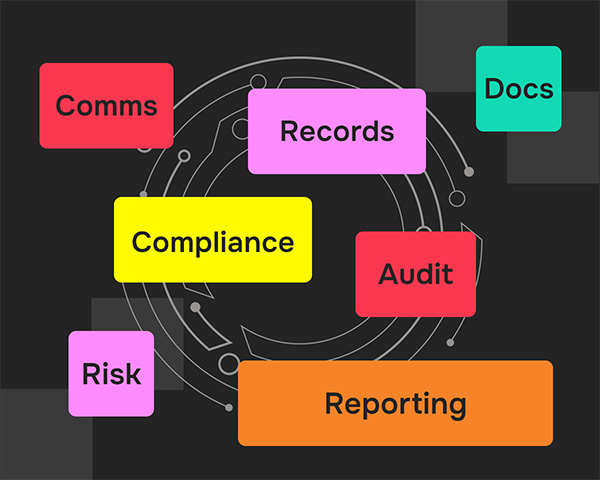What is a Daily Occurrence Book (DOB) — and why your security log needs to be digital
If you manage a shopping centre, mixed-use estate, office campus or transport hub, you’re already logging activities: patrols, alarms, slip-and-falls, contractor access, lost property, near misses, first aid, and more. Historically that’s all been captured in a paper Daily Occurrence Book (DOB), or more recently Excel.
Paper is familiar, until you need to search, audit, analyse or share what’s inside. Then it’s slow, tedious and error-prone. Excel, whilst searchable, is not the most user-friendly of tools and can be daunting to some users. This is where incident reporting software shines.
Kinexio’s Daily Occurrence Log (formally MyTAG security) replaces the old ring-binder with a secure, cloud system. Teams can report incidents in real time at the location (mobile) using add features such as NFC proof of presence (using Kinexio NFC tags), or retrospectively from the desktop, attach photos, CCTV grabs and documents, tag custom categories, and keep a complete chain of custody. Filters (by date, site, incident type, location or reporter) and dashboards help you spot patterns quickly; think heat maps for repeat hotspots and high-incident days for targeted resourcing.
There’s a compliance angle, too. UK private-security best practice expects you to retain clear site records. British Standard BS 7499 explicitly references keeping welfare-check records in a static site daily occurrence book or equivalent, including electronic records. That “or equivalent” is your green light for a digital DOB with robust audit trails.

